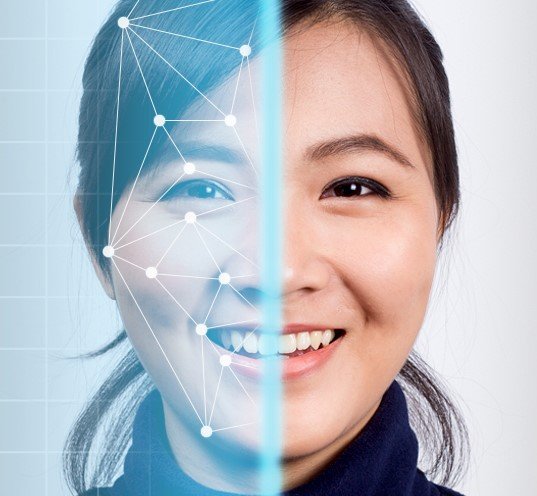Recently we have seen an increase in the number of Open source hardware like Arduino and Raspberry Pi and programs like Python, OpenCV, a computer vision and machine learning software library becoming mainstream.
With the ready availability of hardware and software tools we can create interesting projects like never before. In this blog we will see the creating a face recognition system using python and OpenCV library. The final aim is to combine it with hardware so that it could be deployed as a standalone project. Below are the steps taken to successfully execute the program.
step 1
Thus we will install the programming language using the Python official website.

STEP 2

2. Click on the Project: XYZProject and then to the Python Interpreter
3. Hover to the Install + sign and click on it.
4. Search for opencv-python, numpy and face-recognition and install package.
5. Click on OK to exit the window.
You may ask what is a library? A software library is a suite of data and programming code that is used to develop software programs and applications. It is designed to assist both the programmer and the programming language compiler in building and executing software.

STEp 3
Before starting the project we need to import the necessary libraries needed we had installed. opencv-python is a machine learning ad computer vision library. It was built to provide common platform while will facilitate the development of machine perception and computer vision applications.
face_recognition library recognizes and manipulates faces from Python or from the command line. It is said to be the world’s simplest face recognition library with an accuracy of 99.38% on the Labeled Faces in the Wild benchmark.
NumPy is a Python library used for working with arrays. OpenCV–Python makes use of Numpy, which is a highly optimized library for numerical operations with a MATLAB-style syntax.







Note : The face is later blurred.



